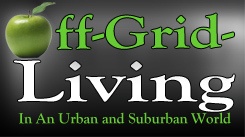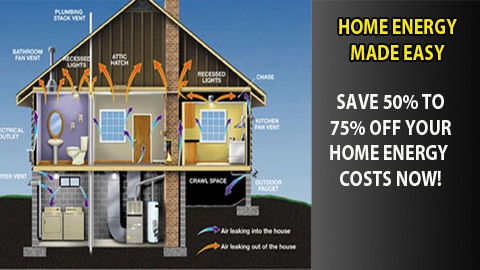While living off the grid for the past 17 years we have added a lot of items to our emergency preparedness checklist.
Virtually every minute we are prepared, and we have seen a lot of different weather events that leads us to believe that an emergency could be around just about any corner and occur just about any day.
We have seen tornadoes, floods, blizzards, sweltering heat waves and the worst yet, a terrible ice storm that virtually wiped out the grid for 2 weeks over a massive swath of Eastern North America.
Our own emergency preparedness checklist includes the basics of food, water, heat and shelter. Those should always be first.
In living off the grid we kind of take it for granted that we will have power available to run our home with our renewable energy system.
But, like most folks out there we have a generator too. Some months there just is no sun or wind to power our system, and occasionally we use our Honda EU2000i to charge our batteries or run our electric power.
The Honda always starts, every time and we always are thankful we didn't cheap out and buy one of those box store bangers- you know the ones, loud and louder, and they shake till they break... not so with the quiet Honda Generator.
As mentioned earlier, in our area we can experience a very wide range of possible disasters. For many of you that may not be the case. Emergency preparedness checklist must take this into account.
If you are subject to annual flooding, then you should have some specific items available to you if you are caught. Life Jackets, a canoe, a boat, some form of high ground, or upper levels of the house, an escape route and plan that every one knows.
Which brings up a very important point, here at the off grid living homestead we are always trying to communicate to each other as well as possible. Every one in the household must know the emergency plan, and where the emergency preparedness kit is located.
It can be easy to overlook the youngsters, and think you will be home if disaster struck, be we know better. At times we have been caught in blizzards and been an hour from home. The kids have to be able to take care of themselves.
Getting back to the emergency preparedness checklist, here are some favorite items you should include: communication tools (radio, phone, cb etc.), a good multi-tool, medical supplies, batteries, a portable saw, clothing-especially socks and rain coats, and extra gas.
Of course, you need to set aside food and water too. This should be in air tight containers and be able to keep indefinitely, canned food and bottled water are a must. And the multi-tool can be used as a can opener.
If you live in a rural area we would include a saw, axe or chainsaw as well.
More than 5 times in the years we have been here we have had to cut our way down the road to get out. Tornadoes, wind storms, ice storms and blizzards do more damage to the road than our home usually. Take action now.
In fact, just this past week a huge wind storm put two very large trees across the road. It happens very often. Know what could happen in your area.
It is no accident that this post coincides with Emergency preparedness week. We think it is very important to protect your family. Safety first, always, living off the grid has taught us about being personally responsible for our lives, and your emergency preparedness checklist should reflect this.

